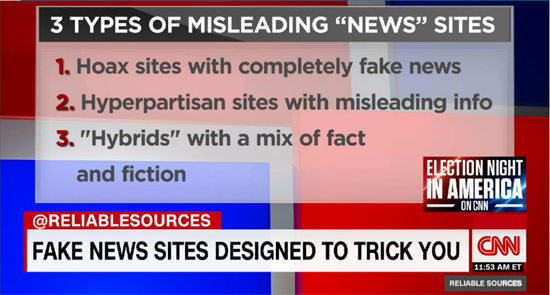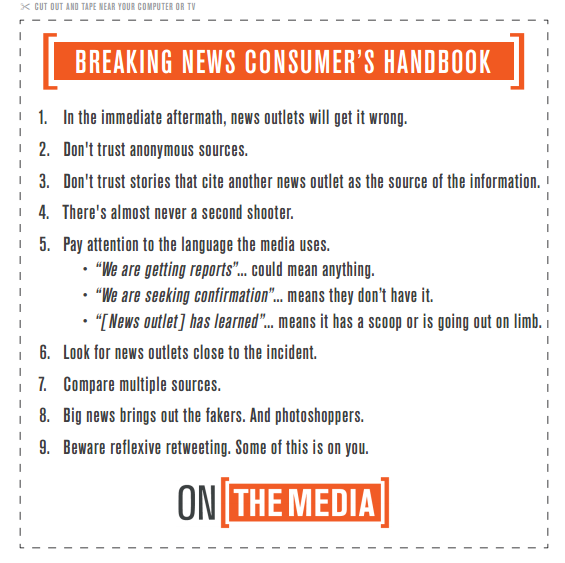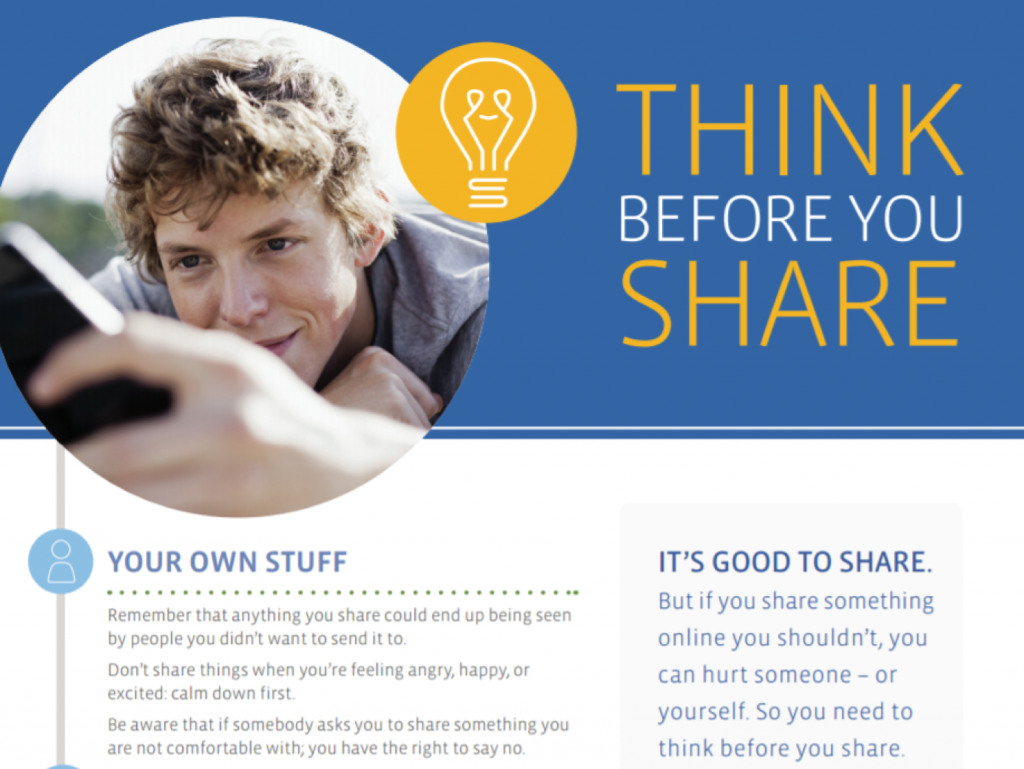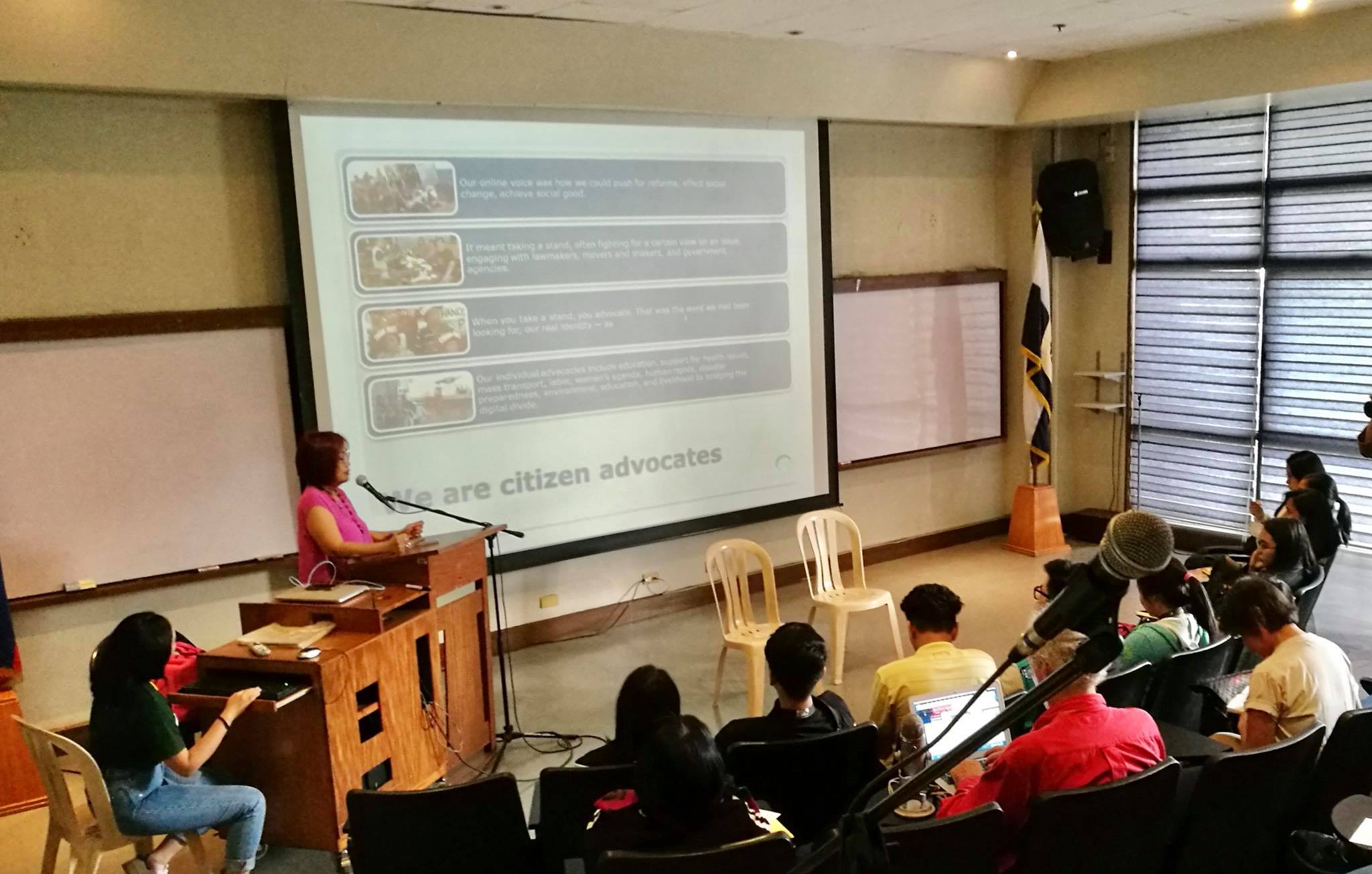Tools and strategies to determine fake news, half-truths, from real news
There are tools and strategies to determine fake news from real news. It is crucial for social media users to triple check sources and fact check news before sharing them.
READ: 7 types of mis- and disinformation (Part 1)”>Fake news: 7 types of mis- and disinformation
READ: Be a savvy news consumer. Here are 6 tips for identifying fake news
The quote “A lie can travel halfway around the world while the truth is putting on his shoes” has no substantive support for assigning the saying to Mark Twain. “ How delightfully ironic, if true.
These days, there is the fake news problem especially those that are half-truths or misleading . Even US President Obama believes that “we won’t know what to fight for” . Gemma Mendoza of Rappler explains it well, “the enemy of truth is not the outright lie, because an outright lie is easy to see and expose. The enemy of truth is the half-truth: lies coated in generalizations, which may have some truth in them but are actually meant to deceive. We should be more discerning and critical and on guard. The antidote: demand for specifics. ”
Lies interspersed with part truths is what hypnotically fools people.

During the recent US Elections, a BuzzFeed News analysis found that top fake election news stories generated more total engagement on Facebook than top election stories from 19 major news outlets combined.
In recent events in the Philippines, Mocha Uson shared a misleading post in her facebook which I think was an attempt to malign school authorities in St Scholastica’s College (SSC) who enjoined their students to protest against the Marcos burial. In her post, Uson asked why it was necessary for the students to join the protests in the first place but she made it appear that the students seemed to be forced into it. She showed a blank form.
This @MochaUson will do anything to protect #PresidentDuterte . A very devious attempt by Mocha Uson to malign school authorities in St Scho pic.twitter.com/qSd4HAdgfM
— Noemi L. Dado (@momblogger) November 18, 2016
I tweeted “Dear Mocha Uson, Here is the the difference. See the fake letter you posted & the official letter by St. Scholastica?”
Dear Mocha Uson, Here is the the difference. See the fake letter you posted & the official letter by St. Scholastica? pic.twitter.com/tjr9nfoWkz
— Noemi L. Dado (@momblogger) November 18, 2016
Melay Lapeña, an alumna of SCC said ” the students and parents were not forced to participate. A circular had been issued the day before, requesting that parents allow their children to attend the noise barrage to protest the Supreme Court decision on Marcos’ burial.
While Facebook, Google take steps to confront fake news, one must triple check before sharing in this world of fake news. Brian Stelter says it should be your new rule because fake news is designed to trick you. Many are already proposing design solutions for fake news but in the meantime, we need to be part of the solution.
Why is it easy to be deceived by fake news?
It’s not easy to make anything go viral but there are certainly some things that fake news stories have in common that make them successful. Firstly, fake news are never boring. It appeals to our emotions.
Secondly, they play into a worldview . This is similar to the appeal to our emotions. Stories that confirm our worldview are often ones we are willing to share most. I have fallen into this trap too. If I believe strongly on an issue, I tend to easily share a news that fits my worldview. The best course is not to share right away. Do a triple check.
In a world full of ambiguity, we see what we want to see.

In “How your brain decides without you“, the author adds that “we form our beliefs based on what comes to us from the world through the window of perception, but then those beliefs act like lens, focusing on what they want to see.” We live in a world where in some sense, almost everything we see can be construed in multiple ways. As a result, we are constantly choosing between duck and rabbit.
The types of misleading “news” sites

CNNMoney’s Brian Stelter identified three types
- Hoax sites with completely fake news
- Hyperpartisan sites with misleading information
- “Hybrids” with a mix of fact and fiction
The first is easy to spot. The second , the hyperpartisans such as Mocha Uson, Thinking Pinoy, Sass Rogando Sasot , Leah Navarro, Juan Nationalist facebook pages only tell the good news of their side and bad news of the other side. The third one is the most dangerous. They purposely mix a little bit of fact and a lot of fiction. One practice is to pull out a factual report from mainstream news sources and to “spin it”—giving it an entirely new meaning. The themaharlikan.info is one such news site.
Tips in analyzing news sources
There is a wealth of information on how to analyze the reliability of news sources. The Center for Media Freedom and Responsibility (CMFR) compiled a list of websites that they believe are unreliable, based on a criteria. The memebuster shares their local list , “Watch out for these fake and satire sites, think before you click, and read before you react”. Spot.ph lists down the 10 satirical news sites and Fake News Sites That you should avoid .
There is a US-based professor provided tips on how to detect ” False, Misleading, Clickbait-y, and/or Satirical “News” Sources”. The New York Times provide tips on “Determining the Reliability of Sources.” The Washington Post has “The Fact Checker’s guide for detecting fake news”.
Each of these resources offer their own tips on detecting credible news source. What I found useful is the mnemonic the students at Intermediate School 303 in Coney Island use: IMVAIN.
- Independent sources are preferable to self-interested sources.
- Multiple sources are preferable to a report based on a single source.
- Sources who Verify or provide verifiable information are preferable to those who merely assert.
- Authoritative and/or Informed sources are preferable to sources who are uninformed or lack authoritative background.
- Named sources are better than anonymous ones.
The students in this video relate how useful the acronym help them analyze the accuracy of the news.
Here are some guidelines specifically about breaking news from NPR’s On The Media.
The first thing one must do to combat the rise of “fake news” is to actually read articles before sharing them. One has to pay attention to the signs that it may be fake as shown by this Washington Post article. Whether the news are from the pro-Duterte or anti-Duterte, the same rules apply to both.
1. Determine whether the article is from a legitimate website
Rappler wrote about websites masquerading as legitimate news sites. Some examples are bbc-channel.com which tries to mimic bbc.com. There is cnn-channel.com trying to mimic: cnn.com. Then, aljazeera-tv.com trying to mimic: aljazeera.com. Even theguardian.com is not spared. This site , theguard1an.com just added a number 1 in the word guardian
2. Check the ‘contact us’ page
Even CMFR stresses that “a news website should be accountable for what is posted on its page, and it starts with identifying the people behind it, as well as how they can be contacted so they can be asked to explain errors posted in their sites, among others.”
3. Examine the byline of the reporter and see whether it makes sense
Do a search if the writer has written in other sites or has a LinkEd and other social media networks.
4. Read the article closely and scrutinize the sources
Do a google search to tell quickly if you are reading real news. Prof. Melissa Zimdars says that if the story makes you REALLY ANGRY, it’s probably a good idea to keep reading about the topic via other sources to make sure the story you read wasn’t purposefully trying to make you angry (with potentially misleading or false information) in order to generate shares and ad revenue.
Use the mnemonic IMVAIN : Independent – Multiple – Verify – Authoritative – Informed- Named which I have explained above. You can even use this checklist.
Im Vain Source Reliability Checklist by Noemi Lardizabal-Dado on Scribd
I normally avoid content from viral and trending posts because they are just click bait sites and out to get traffic. They are not there to inform or engage with you.
5. Look at the ads
If the site collects trending and viral news, then they will most likely have ads that have so many pop-ups or a “bunch of sexy ads or links, designed to be clicked — “Celebs who did Porn Movies” or “Naughty Walmart Shoppers Who have no Shame at All” — which you generally do not find on legitimate news sites.”
The responsibility lies in all of us
You can stop fake news being circulated in the first place . Confront the news with six questions:
- Who made this?
- How was this made?
- Why was this made?
- When was this made?
- What is this missing?
- Where do I go from here?
It is crucial for social media users to triple check sources and fact check news before sharing them. “This is key in fighting the spread of lies and fabricated news restricting impact and consequences”.
“Combating the spread of fake news begins with you, the reader. If it seems too fantastic, it probably is. Please think before you share.”
This post is supported by a writing grant from the Philippine Center for Investigative Journalism (PCIJ)




